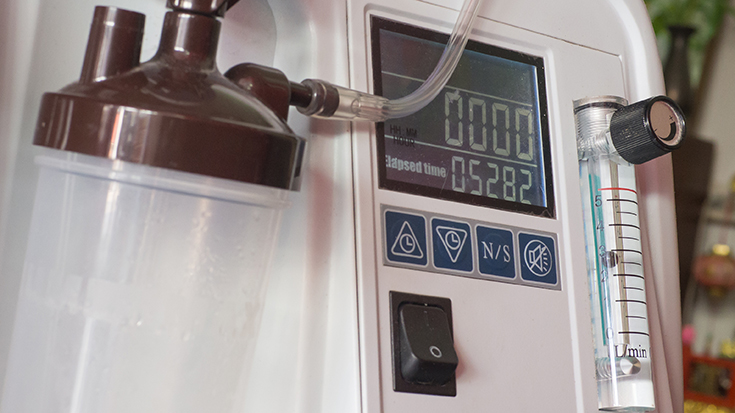
The Centers for Medicare and Medicaid Services (CMS) has upcoming changes set for the oxygen Certificate of Medical Necessity (CMN). This change revises and introduces new pricing modifiers for oxygen flow rate.
The CMN is used by the CMS to determine coverage and payment for patients in need of oxygen and oxygen equipment. Effective April 1, 2018, CMS is changing longstanding documentation requirements in Question 5 on the CMN related to oxygen flow rates.
“The change will impact home medical equipment suppliers the most because it will change the way payment is calculated when a patient’s awake and asleep (at night) prescribed flow rates differ,” said AARC Associate Executive for Advocacy and Government Affairs Anne Marie Hummel. “Nonetheless, it is important to note that any time CMS changes payment rates for oxygen, it can have an adverse impact on patient access and respiratory therapists need to be aware of the changes to ensure their patients’ documentation is reported correctly, especially if you assist the physician in completing the CMN.”
Hummel continued to explain that, basically, payment for Medicare beneficiaries with differing day and night flow rates will no longer be based on the highest oxygen flow rate ordered in liters per minute (the current Question 5). Rather, for these beneficiaries, the value that must be reported on the form is the calculated average flow rate (e.g. (day flow rate + night flow rate) / 2 = average flow rate), rounding the number if necessary.
- Three new pricing modifiers are added as follows:
Prescribed amounts of stationary oxygen for daytime use while at rest and nighttime use differ and the average of the two amounts…- is less than 1 liter per minute (LPM) → QA
- exceeds 4 LPM and portable oxygen is prescribed → QB
- is greater than 4 LPM → QR
- Additionally, existing modifiers QE, QF and QG are revised to clarify the prescribed flow rate at rest is used in accordance with regulations that instruct if the prescribed flow rate is different for the patient at rest than for the patient at exercise, the flow rate for the patient at rest is used.
Prescribed amount of stationary oxygen while at rest…- is less than 1 liter per minute (LPM) → QE
- exceeds 4 LPM and portable oxygen is prescribed → QF
- is greater than 4 LPM → QG
For more information about the upcoming changes, review the CMS Medicare Learning Network article.
Looking for oxygen resources?
The AARC’s Oxygen Therapy Resources includes, “A Guide to Portable Oxygen Concentrators” as well as an audiobook of Dr. Thomas L. Petty’s last work.
Email newsroom@aarc.org with questions or comments, we’d love to hear from you.

















